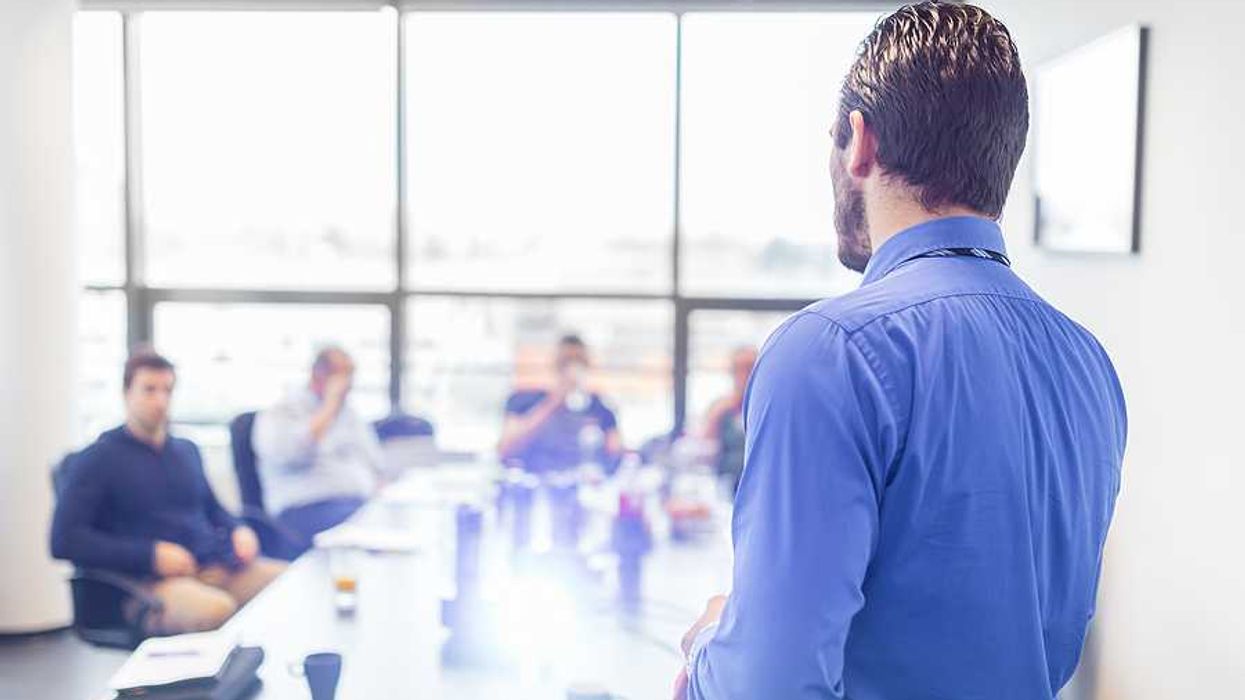

The cover letter is a chance to make a positive impression on a potential employer. Unlike a face-to-face meeting, where your nervousness or bad luck can turn a first impression into a disaster, a cover letter is a first impression you get to have complete control over. You decide exactly what you will say, without any time pressure or having to come up with something spontaneously, and you also get to “stage" your letter.
You control what it looks like, what it sounds like, and how you come across.
The key element to remember is, while you might easily spend two hours agonizing over every detail of your cover letter, the first person reading it is not going to invest even a small fraction of that time. Your letter will be scanned quickly the first time. Only if your resume or application jumps to the “short list" is it likely anyone will really take the time to read your letter word-for-word.
So, you have a two-fold challenge: you must write a well-crafted cover letter that comes across well on a deep reading, and you must write a letter that favorably grabs the attention of the casual reader who is simply scanning.
Your first impression makes a first impression itself – the envelope and paper you use for your cover letter will send an unmistakable signal to the person who receives it. What? You thought printed resumes and cover letters were dead?
Not exactly.
There are plenty of smaller companies that still welcome (some preferring) printed materials. In fact, go to a job fair and you'll find paper resumes nervously gripped by anxious job seekers.
When printing, does your cover letter arrive in a neatly-typed business envelope, laser-printed on heavy paper? Or, is it a blurry ink-jet printout on the lowest grade of bond paper, folded up double and stuffed into a small envelope? You can guess which of these two letters is going to make a positive impression.
It's worth investing a few dollars in the proper grade of paper and the right kind of matching envelope – you don't need to spend a fortune, but you do need to print your letter on something other than the recycled dot-matrix paper you've been storing in the attic since 1984.
If you don't have a quality printer in your home office, then use the laser printers at Kinko's or your local business center – even the library often has printers available for public use.
But let's look beyond old-school paper submissions.
What about impressions resulting from job inquiries sent by e-mail?
When applying for employment, do your email attachments open properly? Do your docs look crisp on screen? In making your first impression via the cover letter, you need to ensure the letter appears professional (whether sent via e-mail, fax, or mail), that the content is relevant and appropriate, and that your letter adds value to your application or resume. A phoned-in, cookie-cutter cover letter is better than no letter at all, sure, but a good letter can step your candidacy up a notch.
Take every opportunity to improve your cover letter, so it opens a few more doors.
Photo Credit: Shutterstock

 Bigstock
Bigstock Bigstock
Bigstock Bigstock
Bigstock


